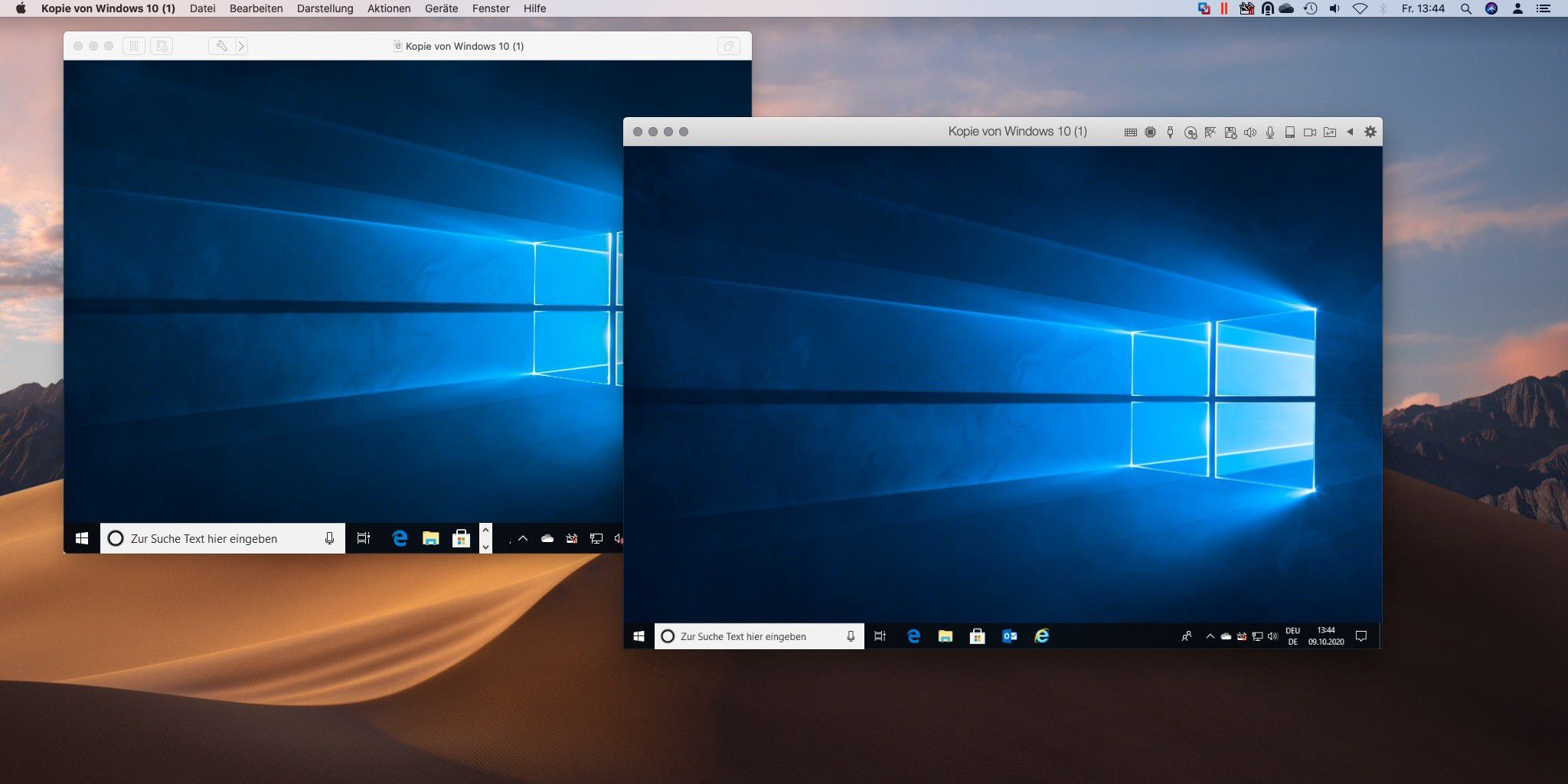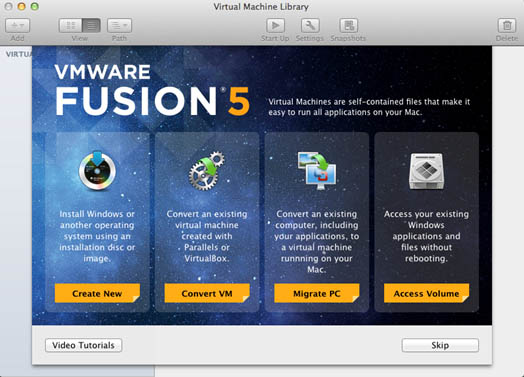
- #VMWARE FUSION 10 PRO VS PARALLELS PRO SOFTWARE#
- #VMWARE FUSION 10 PRO VS PARALLELS PRO WINDOWS 8.1#
- #VMWARE FUSION 10 PRO VS PARALLELS PRO WINDOWS 8#
- #VMWARE FUSION 10 PRO VS PARALLELS PRO WINDOWS 7#
- #VMWARE FUSION 10 PRO VS PARALLELS PRO PROFESSIONAL#
This is a commercially licensed version of Player, a virtualization product for Windows and Linux that is traditionally free, but authorized only for home use.
#VMWARE FUSION 10 PRO VS PARALLELS PRO PROFESSIONAL#
There are also some user interface tweaks to make installing virtual machines easier.Īs a bonus, Fusion Professional comes with VMware Player 6 Plus. Previously, the limits were 8 CPUs, 2TB of disk, and 8GB of memory. Virtual machines can now be bigger than ever before, with up to 16 virtual CPUs, 8TB of virtual disk space, and 64GB of memory.
#VMWARE FUSION 10 PRO VS PARALLELS PRO WINDOWS 8#
"We let Windows 8 virtual machines know when they're running on an SSD so they don't have to perform unnecessary disk defragmentation tasks," Rochard said. Advertisementįusion 6 has upgrades designed to take advantage of the latest Intel chips and solid-state drives on Mac hardware. Fusion 6 can also use Mavericks' enhanced dictation abilities in Windows virtual machines. Fusion could already run Windows on multiple displays in previous versions, but with Fusion 6 it can use an HDTV connected to an Apple TV as a Windows display via the AirPlay wireless technology, VMware product marketing manager Nicolas Rochard told Ars. Mavericks' upgrades for users with multiple monitors come into play here.
#VMWARE FUSION 10 PRO VS PARALLELS PRO WINDOWS 8.1#
It's not that you can't run Fusion 5 with Windows 8.1 or Mavericks, it's just that Fusion 6 can better take advantage of the operating systems' new capabilities. Upgrades to Fusion that apply to both the home and professional versions include support for OS X Mavericks as a host operating system and for Windows 8.1 as a guest OS.

Developers could use this to test applications on various configurations of an operating system without using nearly as much storage as they otherwise might. This feature, borrowed from Workstation, saves a lot of disk space. Also, a new "single virtual machine mode" can be enabled to prevent users from creating new virtual machines or accessing features IT shops would prefer they not touch.įusion 6 Pro adds "linked clones," in which multiple copies of a virtual machine can be created without duplicating the entire thing.
#VMWARE FUSION 10 PRO VS PARALLELS PRO SOFTWARE#
For example, a virtual machine can be set to expire on a specific date and time, useful for providing VMs to contractors or for using VMs to show demos of software to people outside the company. This will make it easier for developers to test applications on Windows 8 tablets.įusion 6 Professional gives IT shops more options in deploying restricted virtual machines than Fusion 5 did. Notably, Workstation now has a virtual accelerometer, gyroscope, compass, and ambient light sensor. With Fusion 6, a new product that's being announced today, VMware is making Mac virtualization even more IT-friendly. VMware today is also releasing version 10 of Workstation, the desktop virtualization platform designed for power users on Windows and Linux. The pro version has all the same capabilities as the base Fusion platform, along with tools for IT shops to securely provision virtual machines to employees and contractors. The company began merging its enterprise chops with its consumer virtualization tools one year ago with a professional version of Fusion, its software for running Windows and other operating systems on OS X.

But VMware has never been an also-ran in the enterprise, where its top-notch server and desktop software has made the virtualization vendor a giant for most of its 15-year history.

#VMWARE FUSION 10 PRO VS PARALLELS PRO WINDOWS 7#
I first tested Parallels Desktop 8's and restarted my Windows 7 and 8 VMs with the retina mode enabled.VMware has generally played second fiddle to Parallels in the market for running Windows virtual machines on the Mac, an arena largely consisting of home users. This OMGHUGE fake retina mode actually helped show the differences between the two implementations clearer than if I was running on an actual retina screen.

Sudo defaults write /Library/Preferences/ DisplayResolutionEnabled -bool YES Īfter changing it to 960×600 HiDPI mode on my 1920×1200 screen, I was running in a pseudo retina mode. While I don't have a retina MacBook Pro, I was able to enable HiDPI modes with a terminal hack on my 2011 MBP 17": Retina supportīoth Parallels and VMware are advertising retina display support for their latest versions, and both let you run in a normal "tiny everything" mode if you want. VMware Fusion 5.0.1 General feature updatesįirst I'll cover and compare the new features shared between Parallels Desktop 8 and VMware Fusion 5.


 0 kommentar(er)
0 kommentar(er)
